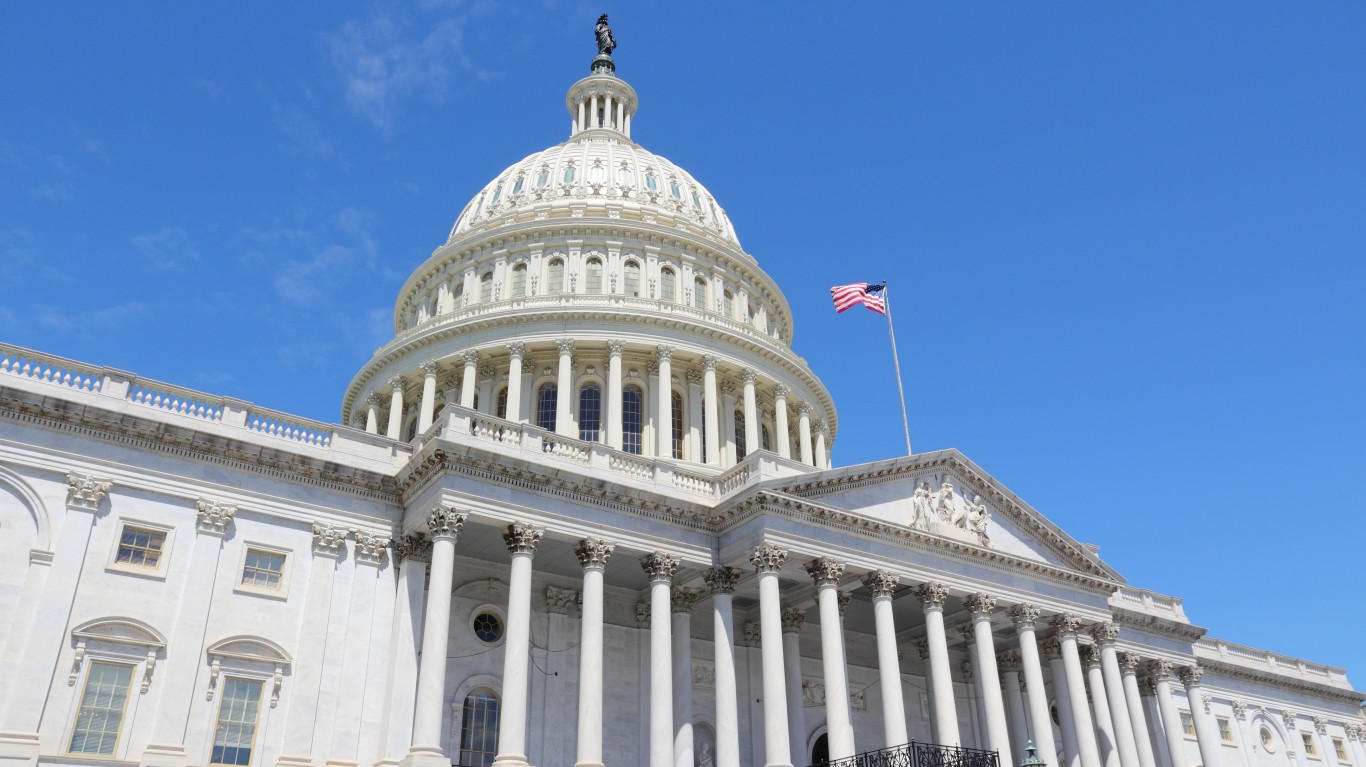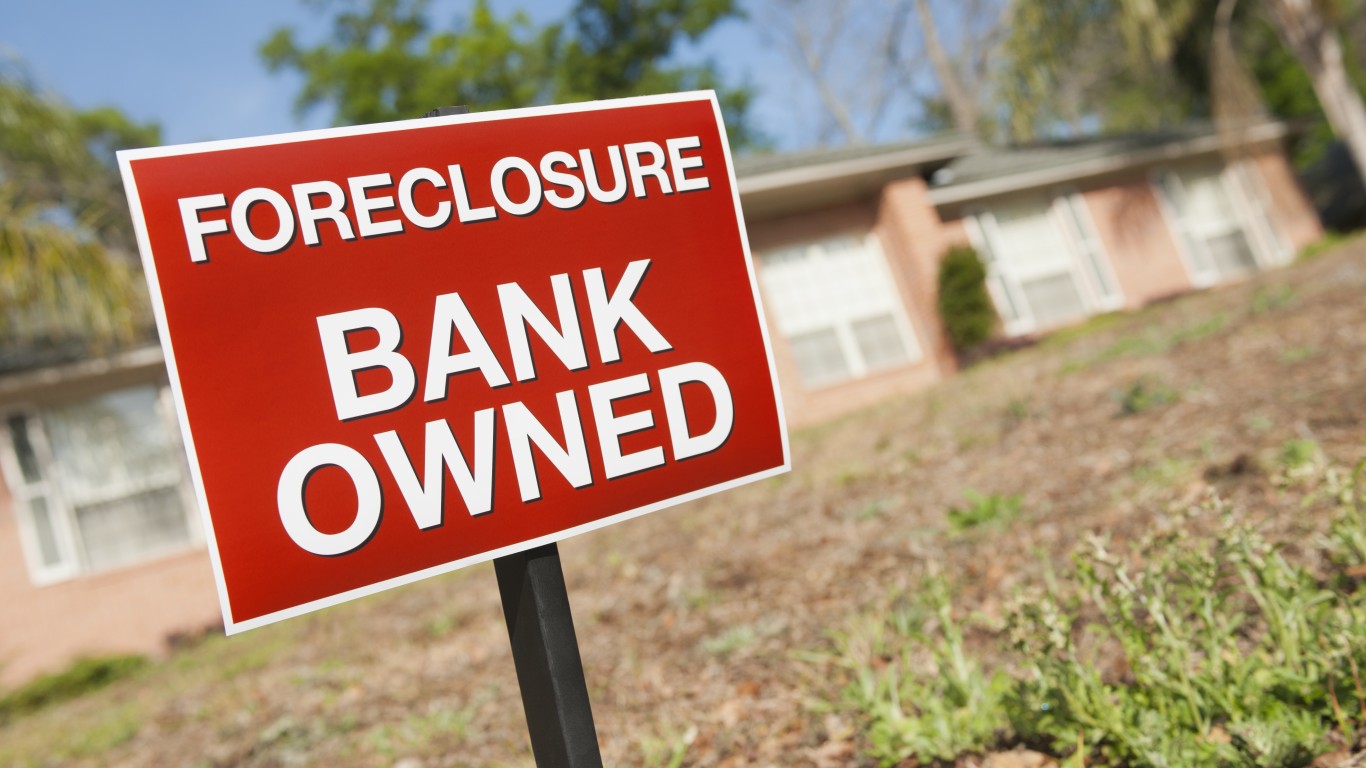
The non-partisan Congressional Budget Office issued its updated economic outlook for the period that starts this year and runs through 2028. Extraordinarily, the first conclusion of the report is that, while the economy will slow most years from 2018 forward, gross domestic product (GDP) will remain positive through the next decade.
In short, the report predicts no recession over the period covered, although there are almost no economists who believe that will be the case. The current expansion is nearly nine years old, which is near a record.
The summary of the new report:
In CBO’s updated projections, real gross domestic product (GDP) grows by 3.1 percent in 2018 and 2.4 percent in 2019. In both years, growth in actual GDP outpaces growth in potential (that is, maximum sustainable) GDP, creating excess demand in the economy and further lowering the unemployment rate.
In CBO’s forecast, that excess demand leads to higher inflation and interest rates—which, along with slower growth of federal outlays, restrain demand and slow GDP growth after 2019. By 2022, the excess demand in the economy disappears. From 2023 to 2028, real GDP grows by about 1.7 percent each year—close to CBO’s estimate of the economy’s maximum sustainable rate of growth.
For the first part of the period, which runs from this year until next, full employment will make the demand for most goods and services high. Inflation and lower government spending will take much of the demand for goods and services out of the economy between 2020 and 2022.
GDP growth will average 1.7% from 2023 until 2028, mostly because the effects of tax cuts will end.
The growth numbers are slightly worse than those put out in May. This is due to a drop in fiscal stimulus and slower interest rate increases. The changes also are due to new forecasts from other economists.
If the CBO is correct, the U.S. economy will go two decades without a recession, which is near twice any past the period.
Are You Still Paying With a Debit Card?
The average American spends $17,274 on debit cards a year, and it’s a HUGE mistake. First, debit cards don’t have the same fraud protections as credit cards. Once your money is gone, it’s gone. But more importantly you can actually get something back from this spending every time you swipe.
Issuers are handing out wild bonuses right now. With some you can earn up to 5% back on every purchase. That’s like getting a 5% discount on everything you buy!
Our top pick is kind of hard to imagine. Not only does it pay up to 5% back, it also includes a $200 cash back reward in the first six months, a 0% intro APR, and…. $0 annual fee. It’s quite literally free money for any one that uses a card regularly. Click here to learn more!
Flywheel Publishing has partnered with CardRatings to provide coverage of credit card products. Flywheel Publishing and CardRatings may receive a commission from card issuers.
Thank you for reading! Have some feedback for us?
Contact the 24/7 Wall St. editorial team.


